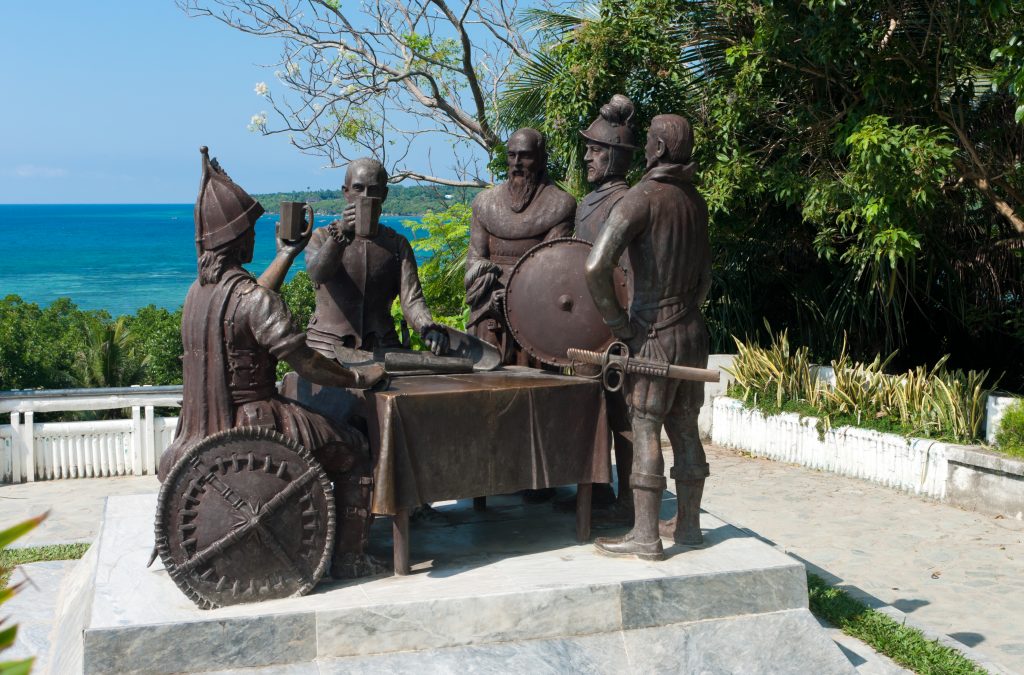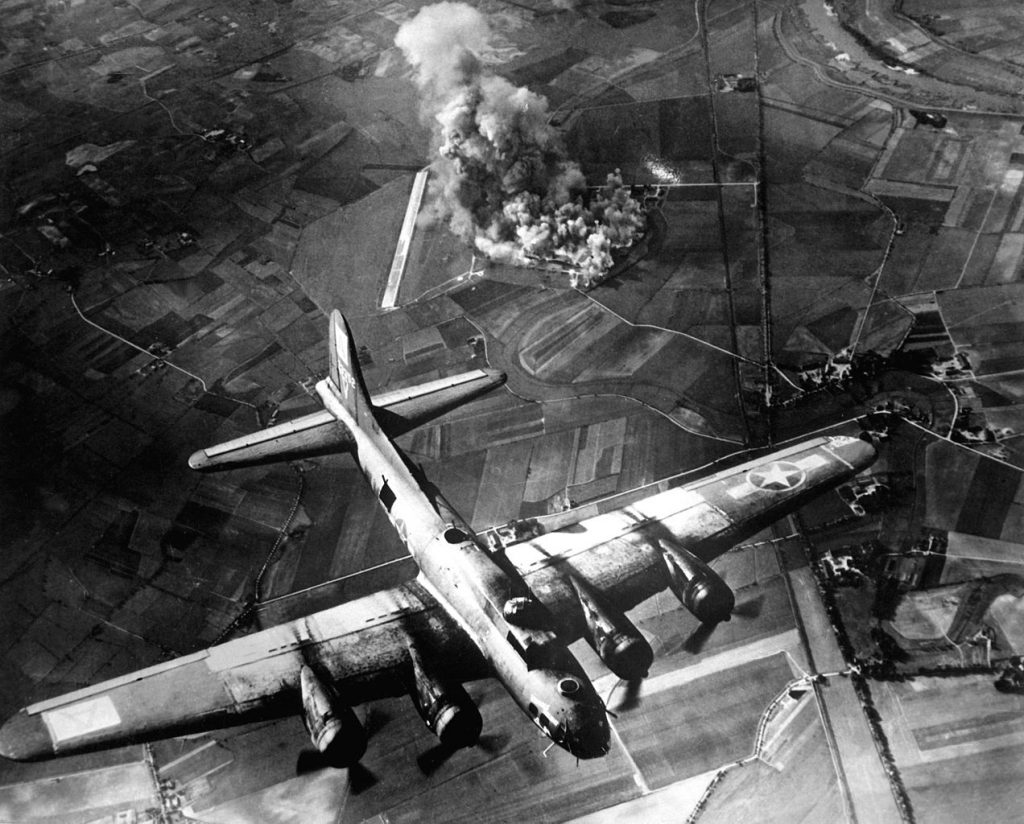Understanding Philippines History will enhance your chances of survival in this country. It will pay you huge dividends if you at least learn some basic history of the country. This really will help to put things into perspective and increase your chances of survival here.
Understanding Philippines History
If you are planning to visit the Philippines for a holiday, for business or to even live here, I think understanding Philippines history is vitally important. This will help you to also understand the culture of the country and its people. You will then be able to gain a better appreciation of the place. So firstly, let’s have a brief look at the history of the Philippines. This will help you gain more of understanding as to why it has become the country it is today.
The Philippines Has A Very Rich History
Asian countries tend to have very rich cultures and history dating back thousands of years. The Philippines is no different to other Asian countries. It has a very rich history which has subsequently influenced their culture. Without going into a detailed history lesson, the origins of the Philippines, its people and its language can be more recently traced back to the Malayo-Polynesians. These people, known as Austronesians, first inhabited the Philippines via Taiwan almost 6,000 years ago. However, there have been archaeological discoveries dating back as far as 67,000 years, and possibly as much as 700,000 years ago. This indicates the Philippines is one of the oldest civilizations in the world.
The Spanish Era
The 13th century saw the arrival of Muslim traders. These people mostly came from Southern India and the Persian Gulf. There were also other settlers and traders who came from the Malay Archipelago. In terms of European occupation, the Portuguese may have discovered the Philippines first (as they did with Indonesia). However, it is the Spanish who have the longest documented European history in the Philippines, having arrived here in 1521. After killing most of the Muslims and introducing Catholicism, the Spanish basically took control until the Spanish-American war in 1898. However, the Spanish have well and truly left their mark on the Philippines.

The Bohol Blood Compact Site is located in Tagbilaran City, Bohol. The statues represent the First Treaty of Friendship between two different races, religions, cultures and civilizations. The treaty was done between Miguel Lopez de Legazpi of Spain and Rajah Sikatuna of Bohol in 1565.
Surprisingly, for most newcomers to the Philippines, the Spanish legacy can be found everywhere. The Spanish influence can be found in the names of people and places, architecture, language, the religion and food. Most notably, however, it can be found in the attractive blend of the dark, native Filipino and the Mediterranean look of the Spanish. This has morphed into a slightly more round-eyed type of Asian, with a skin colour to die for!
The Philippine Revolution
Fast forward to 1896, and we saw tensions escalating between the Spanish and the Philippines. This lead to the Philippine Revolution which also resulted in the Philippines national hero, Jose Rizal, being executed by the Spanish on the grounds of treason. This was basically the last straw for the Philippines who sought to claim independence from the Spanish. With tensions between the Spanish and the Americans also escalating, the Filipino leaders decided to take advantage by siding with the Americans.
The tensions between and the Spanish and the Americans ended up culminating in the Spanish-American War. As a result of the Spanish-American War, both countries ultimately sending commissioners to Paris to officially bring an end to the war. This was done via an agreement known as the Treaty of Paris. One of the outcomes from this agreement was that Spain was forced to give up control of the Philippines, Guam and Puerto Rico to the Americans, for the princely sum of $20M (the cost of a Hollywood mansion in today’s money). So in 1898, the Philippines claimed their “first” independence from the clutches of the Spanish.
The American Era
So after 377 years of “living in a convent”, the Philippines finally declared independence from the Spanish and became a Republic. Or did they? Once the Spanish colonial period was officially over, the Americans started to try and exert more control over the Philippines. The Filipinos weren’t too happy about this and felt like they had been betrayed by the Americans. This saw even more tensions develop which inevitably led to yet another war known as the Philippine-American War. This started in 1899 and ended in 1902.
However, the Americans continued to exert their influence over the Philippines with the promise of eventual independence. This continued up until 1935. However, just when the Americans were on the verge of handing over independence to the Philippines, the Japanese entered the picture with a bold plan to take over ownership of the Pacific. This, of course, was the beginning of the Second World War.
This started with the Japanese using the Philippines as a springboard to try and take over the Pacific. This ultimately culminated with the Americans intervening to once again save the Philippines by dropping the first Atomic bomb on the Japanese. This quickly put a halt to Japan’s occupation of the Philippines which also saw more than one million Filipinos losing their lives during the war. So after four years of occupation, the Japanese were removed. Ironically, the actual ejection of the Japanese also saw the loss of hundreds of thousands of Filipino lives, mostly due to American bombs.

World War II took a heavy toll on the Philippines, mostly due to American bombs as they tried to repel the Japanese imperial forces. 100,000 Filipinos lost their lives during World War II.
Filipinos Are Very Resilient People
So after all the colonizations, invasions, selling of countries, wars etc, the Philippines had finally had enough. In 1946, they declared their “second” independence at the conclusion of the Second World War. What is left is a very diverse, multicultural and surprisingly accepting country of people. This is pretty amazing considering what they have been through. This history has bred the current version of the Filipino and subsequently their culture.
Briefly understanding the history of the Philippines is fairly important if you wish to survive here. There is a very large mix of different nationalities that make up the Philippines along with the 120 or so ethnic groups here. So it is my hope that understanding some of this history will help you to assimilate better with the locals.
For the next survival tip on Understanding Filipino Culture, please click Survival Tip #3 to read more. If you missed the previous survival tip on Understanding the Philippines, click Survival Tip #1 to read more. If you have any comments or experiences you would like to share about the history of the Philippines, please feel free to leave your comments below. I would love to hear from you.
Philippines Fun Fact:
The Philippines is named after King Philip II of Spain. Explorer Ruy López de Villalobos named the Eastern Visayas Felipenas first, and the name was later applied to the entire archipelago. The country’s official name is the Republic of the Philippines (courtesy of https://www.factretriever.com/philippines-facts).


